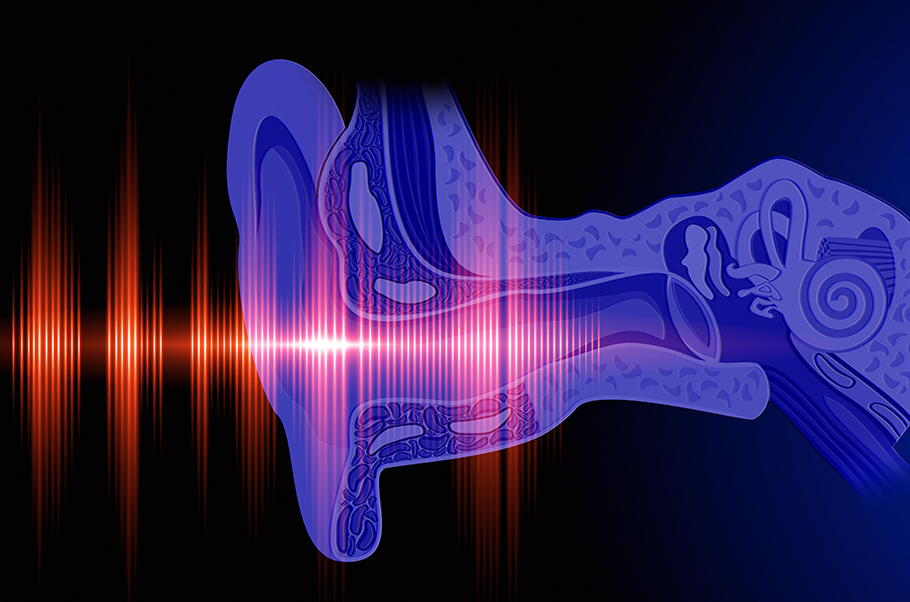I'm all for improvements in the technology, but I don't agree with
@anphex that 144dB is the goal, and I don't see the relevance of the fact that sounds as loud as (and I'm sure much louder than) 168dB can be generated in the world.
For the former - the supposed 144dB goal - it would appear that figure has been chosen simply because it's the max S/N ratio of 24-bit, undithered PCM. But if 24-bit PCM's noise floor is below the threshold of human hearing (which we are told is -115-120dB), then 144dB would seem to go beyond the goal, and by an arbitrary amount. We could, for example, say that if -115-120dB is the human hearing limit, then we should be conservative and go with -120dB, and then we could even say we should add a "safety margin" of another 10dB, resulting in -130dB. Personally I don't think even -130dB is necessary, but a least that would be a figure that has a clear connection to the limits of human hearing, and whose assumptions ("let's use 120dB as baseline"; "let's add a round 10dB for safety margin") could be interrogated and debated.
For the latter - the 168dB balloon pop - the difficulty I see there is a version of the "reproduce a live performance" fallacy: IMHO the point is not for a home hi-fi system to reproduce the full volume range of real-world sounds, because beyond a certain point it is dangerous (even fatal if you go loud enough) for anyone to actually listen at those levels. Now, if someone really wants an amp with a -170dB noise floor so they can lock themselves into totally sound-proofed room and listen to a recording of silence followed by a full-volume 168dB balloon pop, I'm not going to stop them from doing that. If they want to destroy their hearing that's their business. But I
am going to insist that that is not a rational or feasible use-case with which to set a standard or goal for amplifier S/N performance.



